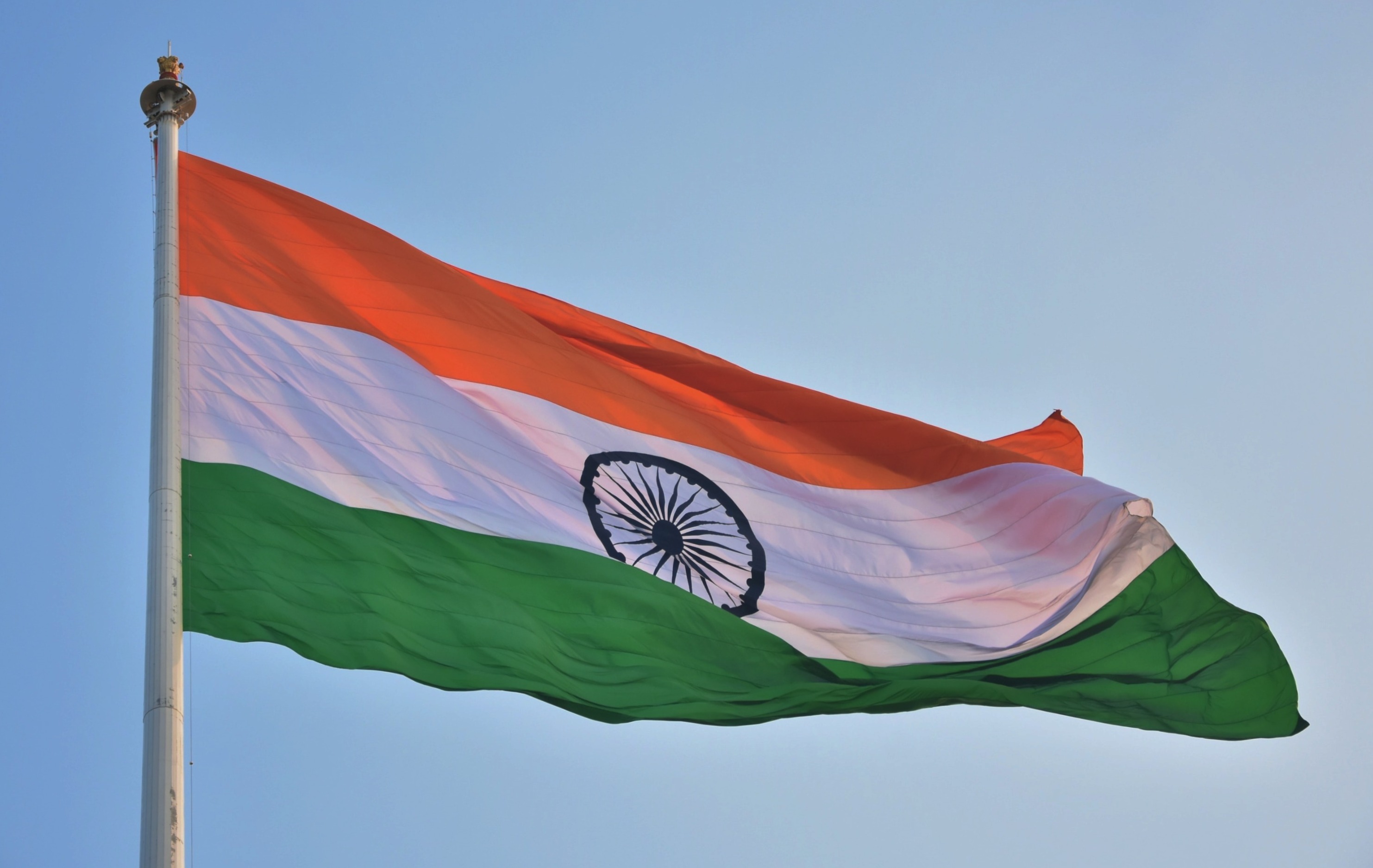Weaving our own Identities
- Led By Foundation

- Aug 30, 2021
- 3 min read
“Who are we, really?”
How many times have we shuffled through different answers in different environments? Portraying a version of ourselves which we may or may not identify with and labeling ourselves in certain groups and dissociating with some, even though we’re not entirely sure?
Starting with such an expansive question as this, we had answers expanding from personal attributes, values, gender, and religion, which Adfer ultimately broke down to a “Core” and a “Context.”
Identity is what makes us different from others, which can be our own qualities or membership of different groups. The Core is the essence of who we really are. Our personality, characteristics, and qualities. But the Context is a social construct. Context spans across gender, race, religion, ethnicity, sexual orientation, occupation, social class, region, disability status, and minority status. But when we think about where we lie across these dimensions, it’s where society expects us.
We have multiple dimensions of identity which interact and intersect. Some identities are closer and some further, and we often realize that some identities are more significant and salient than the rest of them. For example, we identify as Asian and as Indians; this identity doesn’t matter much as we all are Asian, but for some, certain identities such as identifying as Kashmiri matter more than others due to media, society, or culture.
We think a lot about choosing who we want to be, but identity is largely influenced by our
environment. None of us are born with an identity. It’s constructed by what you’re told you are by your family, your environment, and what you see around you.
As young adults, we look at things and create a stereotype of what it means to be a certain identity and how we see an independent woman, a feminist, a Muslim, and so on. We carry preconceived images, and when we don’t identify with those images, there is dissonance.
What does it mean to be a woman? What is it like to be a man? Identifying as non-binary is dissonance from the stereotype we create of a man and a woman, just like we have the binary images of a good Muslim and a bad Muslim. We see things in black and white, and it’s perfectly okay to be in a grey area.
Identity development is a 3-stage journey. This first stage is marked by having multiple dimensions of ourselves but being uncomfortable. There’s a conflict with different identities – like being LGBT and Muslim – which are nothing but a result of huge contextual implications in the form of contradictions due to stereotypes.
The second stage has us identifying with multiple identities in different environments and being frustrated with stereotypes and labels. Most of us rethink the relationships of identities and create our own definitions of them.
The final stage is when we choose to be what we want and identify with it regardless of social expectations. We retain one identity irrespective of the environment. At this point, the identity and associated images don’t control us, but principles do.
Growth and development come out of our comfort zone. It involves years fighting with yourself, questioning, learning, and unlearning. When we realize what it means to be identifying with someone else's yardstick, we stop judging people and having stereotypes and start seeing the beauty of diversity.
Author: Jasmine Ayesha is a LedBy 2021 Fellow and an undergraduate Management student majoring in International Business at Amity University




Comments